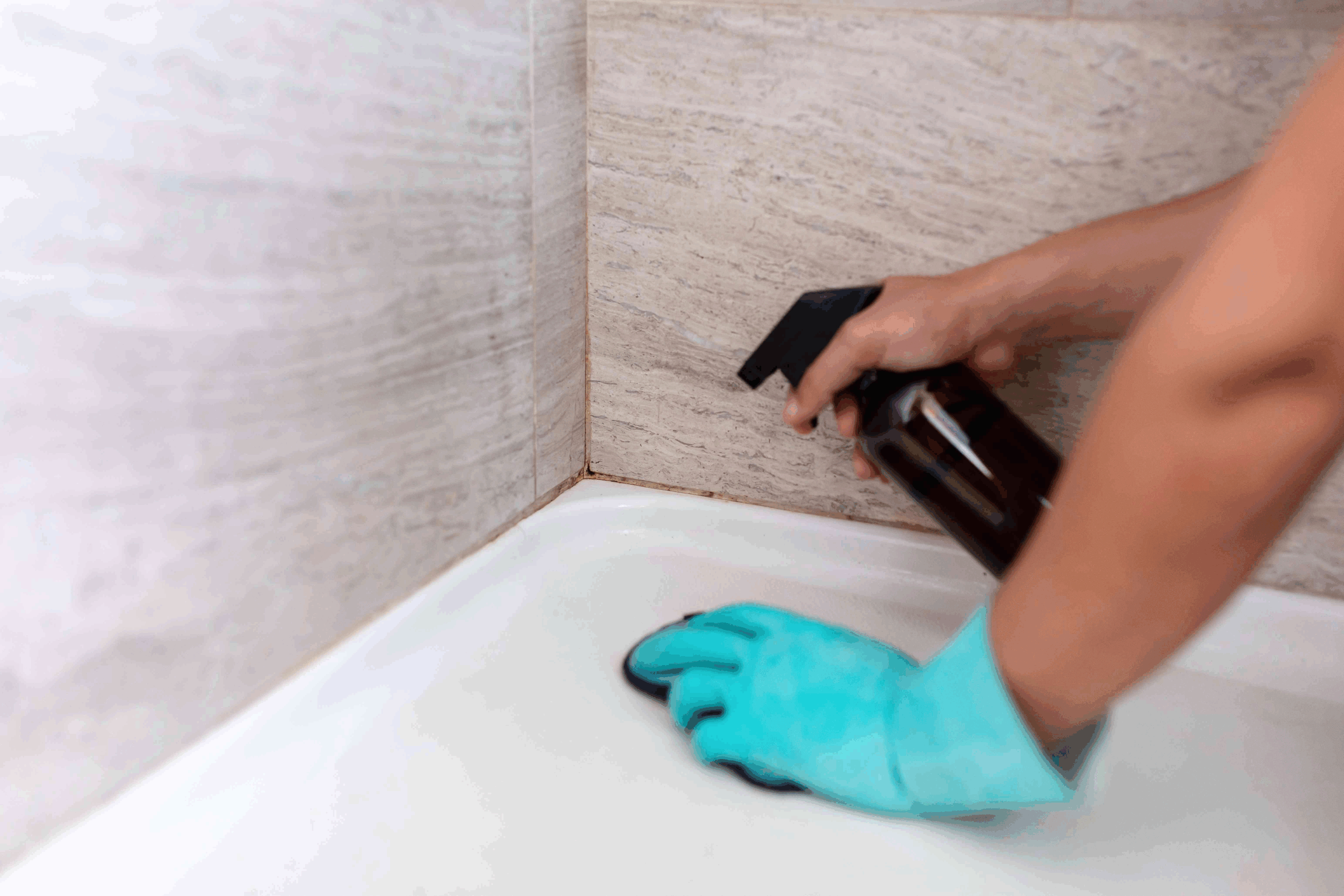A clean kitchen is more than just a matter of appearance—it’s a vital aspect of maintaining a safe and healthy home. One of the most overlooked areas when it comes to kitchen hygiene is the kitchen tile. From floors to backsplashes, these surfaces face daily exposure to spills, grease, and foot traffic, making them prime spots for grime buildup and bacterial growth. Regular and proper kitchen tile cleaning can transform your cooking space into a sparkling sanctuary where safety and style go hand in hand.
Why Kitchen Tile Cleaning Matters
Kitchen tiles are chosen not just for their aesthetic appeal, but also for their durability and ease of maintenance. However, even the most resilient tiles require regular care. Over time, grease splatters from stovetop cooking, crumbs from meal prep, and general wear and tear can lead to dull, stained, or sticky tiles. More seriously, dirty tiles can harbor harmful bacteria and allergens, potentially contaminating food and compromising your family’s health.
Slippery or sticky kitchen tiles are also a major safety hazard. Whether it’s an unnoticed oil spill or water from a sink splash, tile surfaces can become dangerously slick. Keeping them clean not only enhances visual appeal but also reduces the risk of slips and falls.
Step-by-Step Guide to Cleaning Kitchen Tile
- Daily Maintenance: Quick Wipe Downs
The key to keeping kitchen tile in top condition is consistency. After each cooking session, wipe down the backsplash and nearby tile surfaces with a damp cloth or sponge. This prevents grease and food particles from settling and hardening, which makes deep cleaning easier down the line.
- Weekly Deep Clean: Floor and Wall Tiles
For a deeper clean, especially on kitchen tile flooring, use a solution of warm water mixed with a mild dish soap or a tile-specific cleaner. Mop the floor or scrub with a soft-bristled brush, paying attention to the grout lines where dirt often accumulates. Avoid using abrasive cleaners that can scratch the tile surface or cause discoloration over time.
- Grout Cleaning: The Often-Ignored Essential
Dirty grout lines can make even the cleanest kitchen tiles look dingy. Use a paste of baking soda and water or a vinegar solution applied with a toothbrush to scrub these narrow spaces. Let it sit for a few minutes before rinsing thoroughly. For extra stubborn stains, a steam cleaner or a commercial grout cleaner may be required.
- Drying: Don’t Skip This Step
After cleaning, always dry the kitchen tile surfaces with a microfiber cloth. This helps prevent water spots, streaks, and mold growth, especially in humid environments.
Tips for Long-Term Tile Maintenance
Use Mats and Rugs: Placing mats near sinks and cooking areas can help catch spills before they hit the tile.
Seal Grout Lines: Applying a grout sealer every six months can help prevent stains and reduce the frequency of deep cleaning.
Choose the Right Tools: Soft brushes, microfiber cloths, and non-abrasive cleaners are your best allies. Avoid steel wool or harsh chemicals that can damage tile finishes.
Ventilation Is Key: Ensure your kitchen is well-ventilated to prevent moisture buildup, which can encourage mold and mildew on tiles.

Choosing the Right Kitchen Tile Cleaner
Not all cleaning products are created equal. When selecting a cleaner, always check that it is suitable for the type of tile in your kitchen—whether ceramic, porcelain, or natural stone. For eco-conscious homeowners, many effective green cleaning solutions are available that are both tough on grime and gentle on the environment.
Homemade cleaners can also be a great alternative. A mixture of white vinegar and water can effectively cut through grease on ceramic kitchen tiles, while a paste of baking soda and water works wonders on stains.
The Sparkling Reward
Investing time in regular kitchen tile cleaning doesn’t just result in a prettier kitchen—it fosters a safer and more enjoyable cooking environment. Clean tiles reflect more light, making your kitchen feel brighter and more spacious. Plus, there’s a psychological benefit: working in a clean, organized space can boost your mood and make meal prep more pleasant.
Whether you’re doing a quick daily wipe-down or a weekend deep clean, taking care of your kitchen tile pays off in both hygiene and aesthetics. With just a bit of effort and the right techniques, you can keep your cooking space as fresh and welcoming as the meals you prepare.


